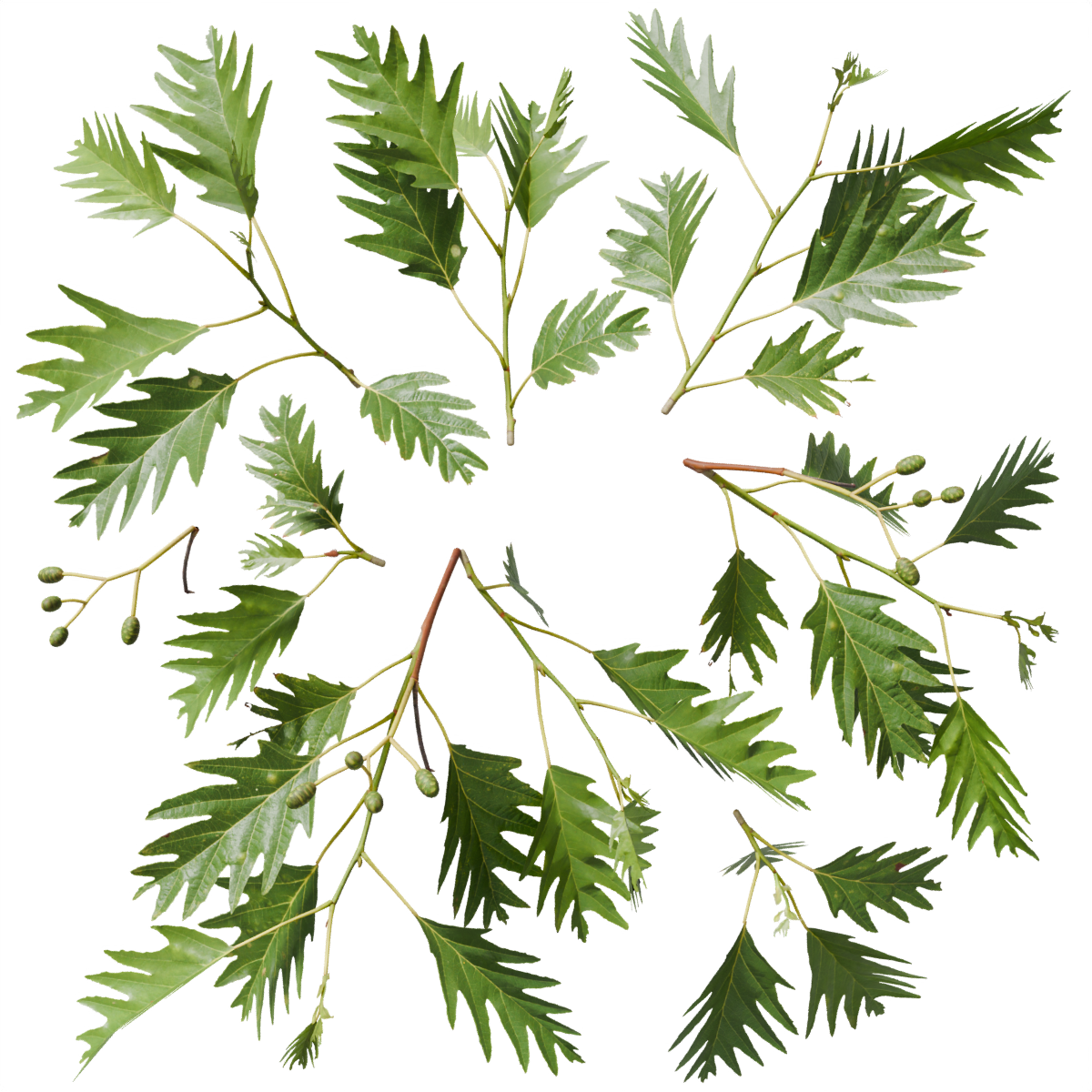Cut-leaved alder
Cut-leaved alder
Betulaceae / Alnus glutinosa ‘Laciniata’ – cut-leaved alder
No two trees are the ever the same; even trees of the exact same species show variations. Each tree has its own set of random genes that make it different from its neighbors. Most differences are subtle, but sometimes a strikingly different tree emerges.
Such a tree in nature is called a variation. When you find one in nature, take notice, and take it home to plant in your garden, it is then called a selection. When you then start to propagate it and spread cuttings of the trees, that’s when it becomes a cultivated variety, a cultivar in short.
But it’s still the same species of tree. Only when the genetic variation becomes so strong that it can’t create offspring with the original species, that’s when it becomes its own species. Well if only it were that simple, because sometimes different species can still produce offspring, and create a hybrid species. A good example is the common linden, Tilia × europaea, which is a natural hybrid between small-leaved and large-leaved lime, and in this case it’s a perfect mix producing medium-sized leaves.
There have been several selections of cut-leaved alder trees across Europe. This one was found in France, where the finder took the tree home and over the years took cuttings and spread them to nurseries across the country. And today it has even found its way to my street.
